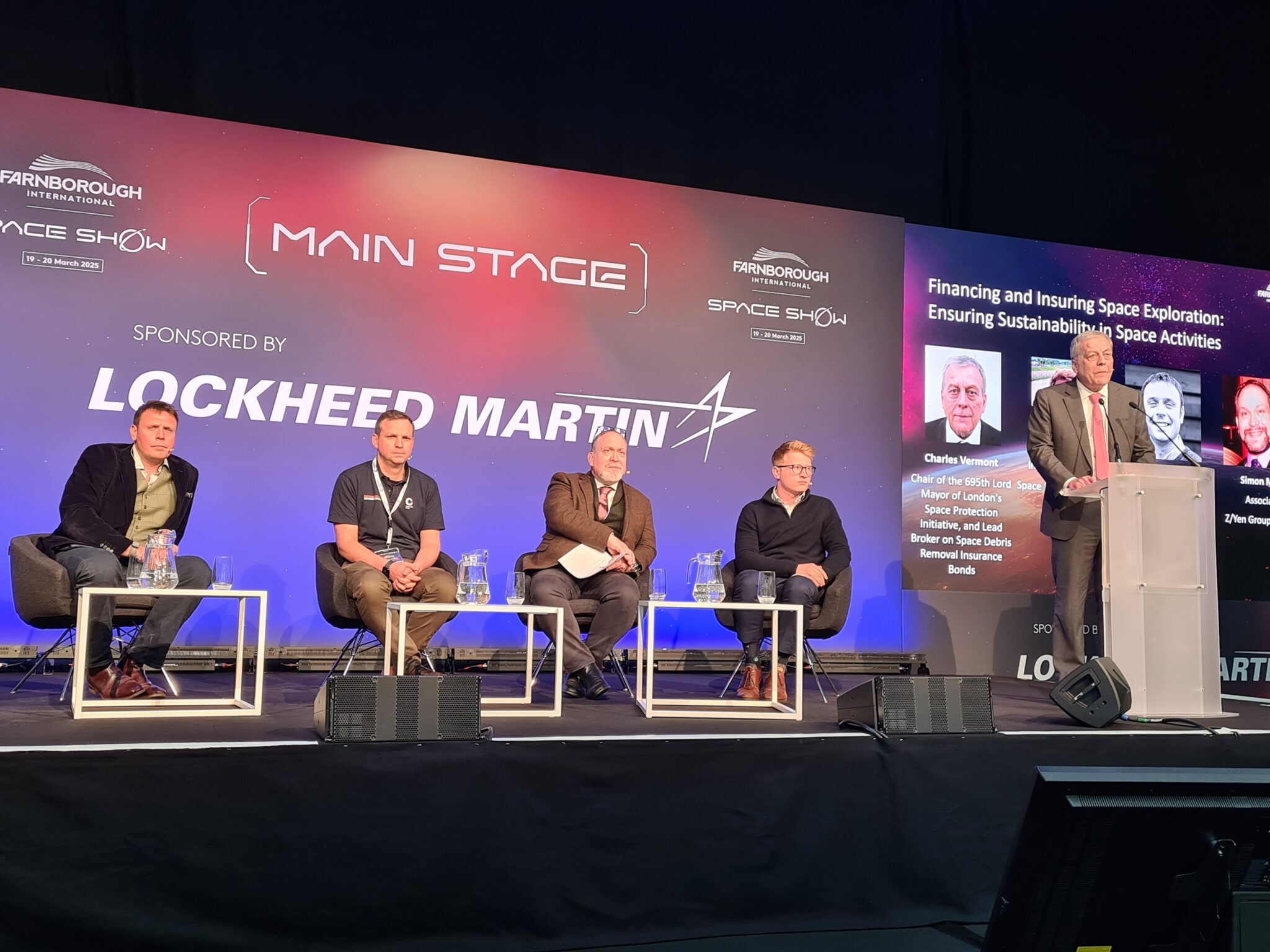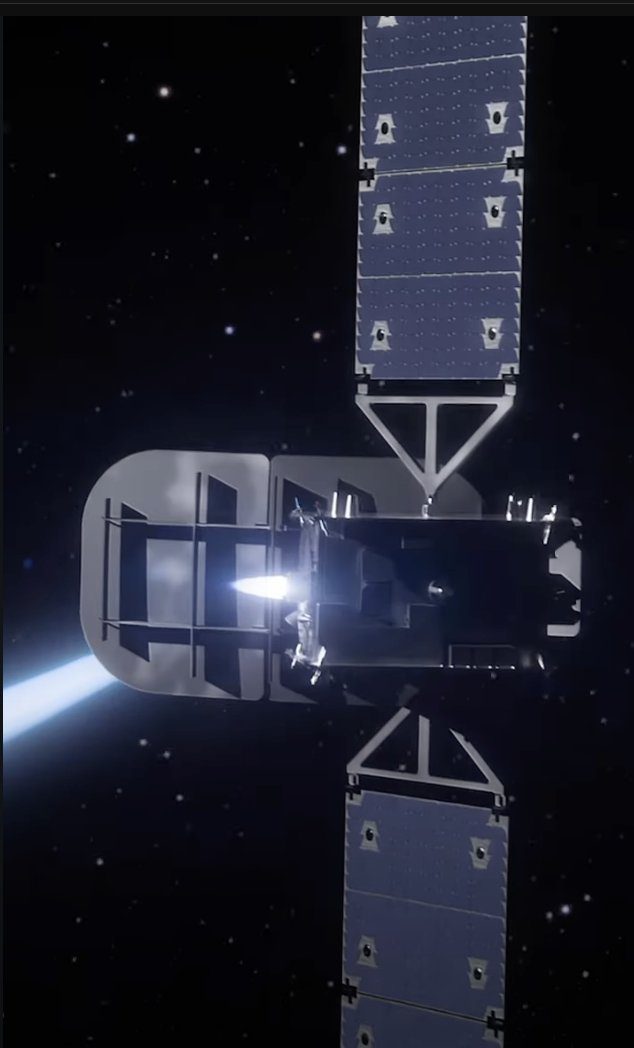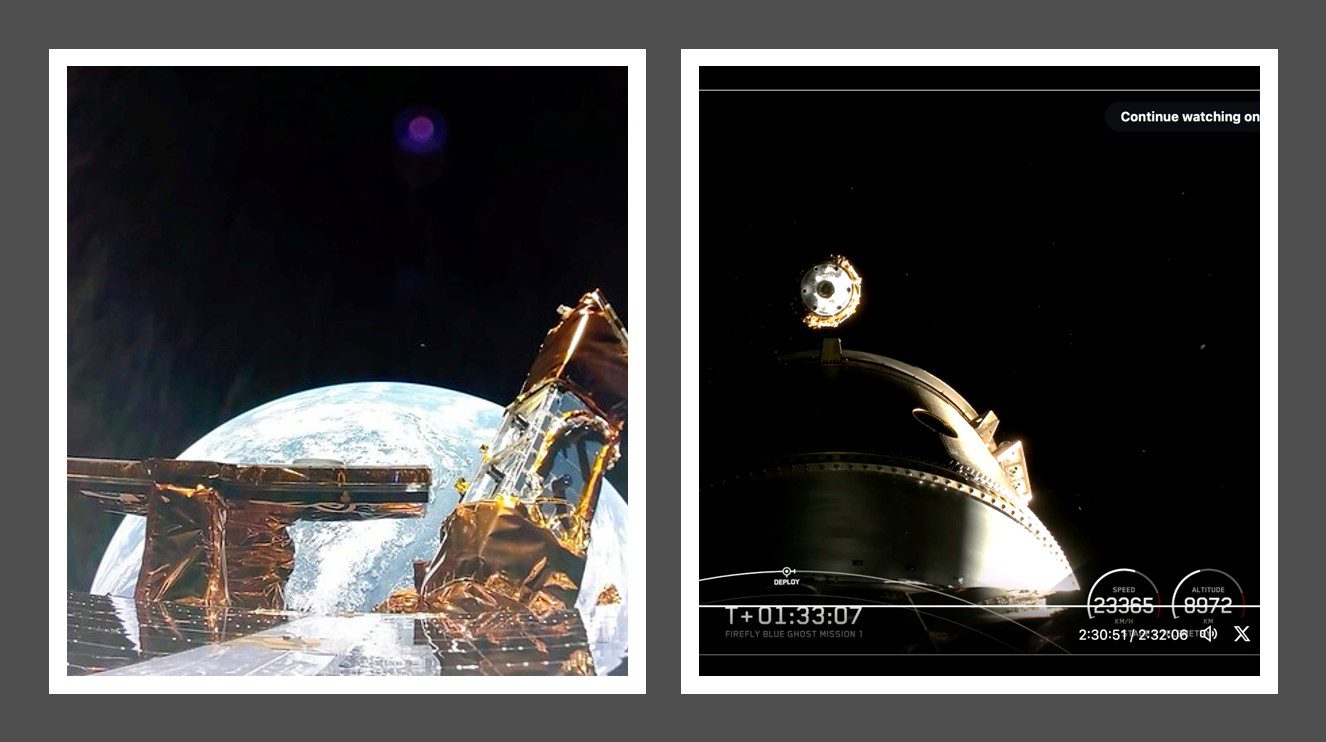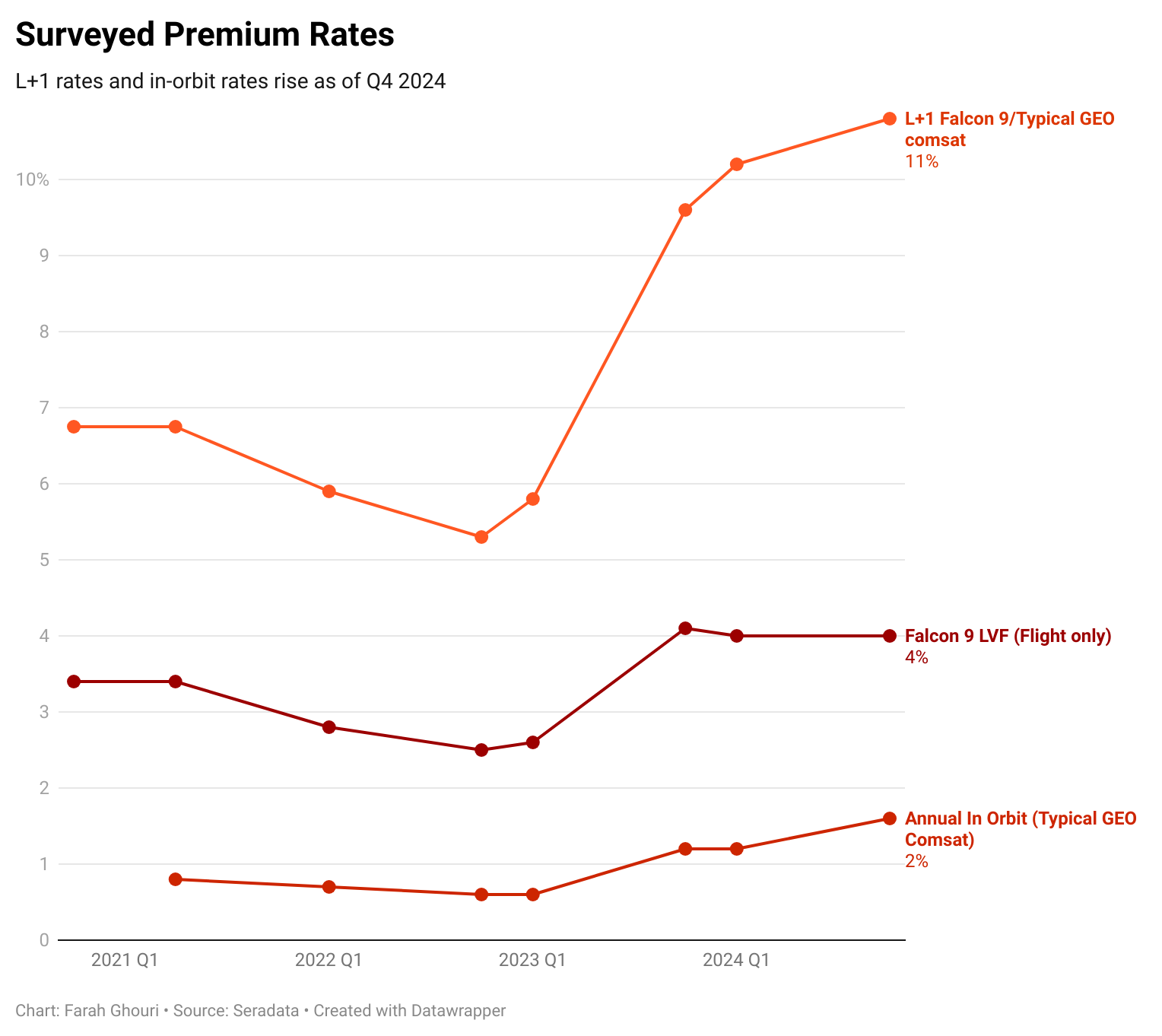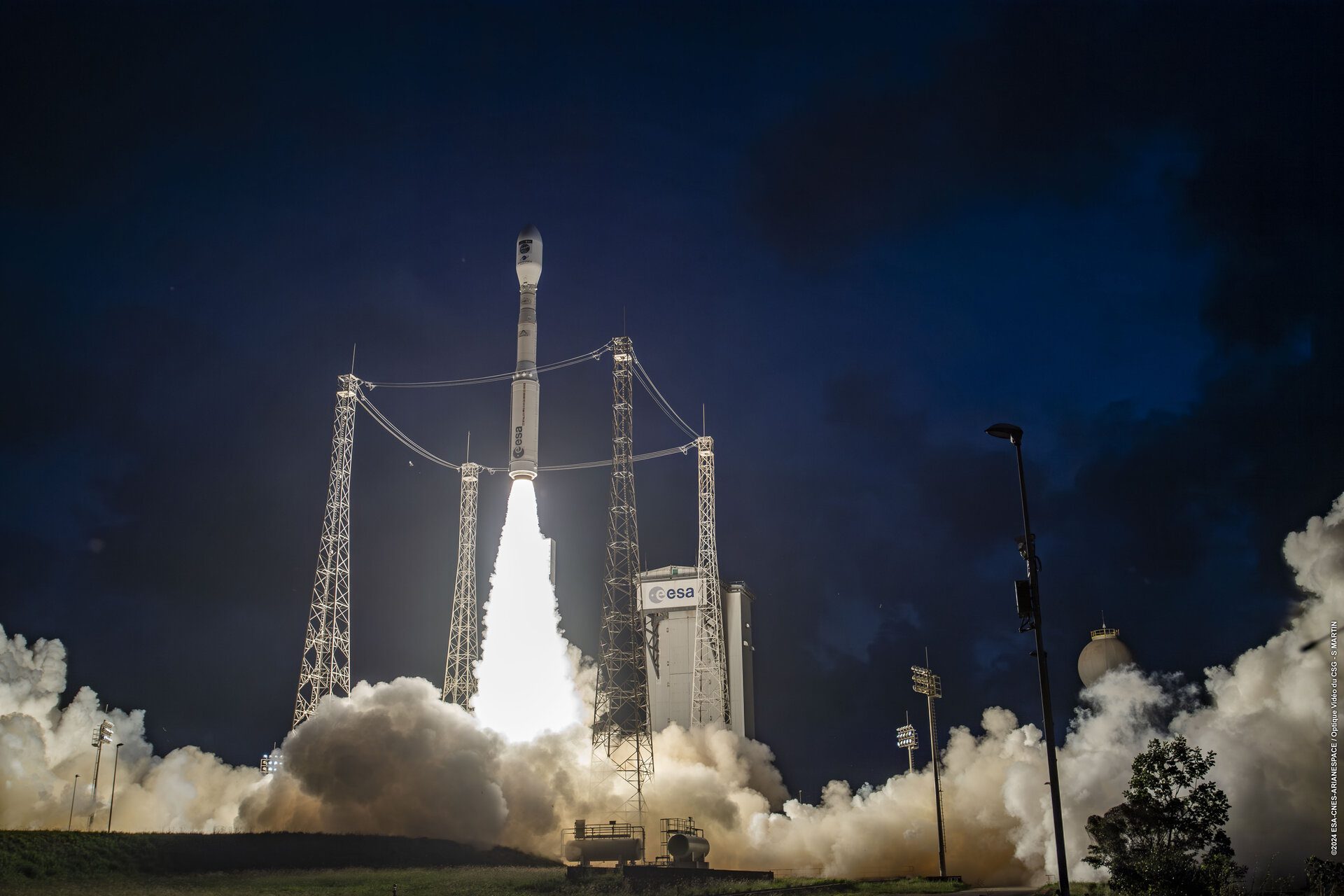The media and press has pointed up the danger of space debris and solar storms to the world’s satellite fleet, but are these dangers really the main risk to satellites? To try to answer this, Seradata, the spaceflight information company (and publisher of this news service), has introduced a new “Underlying Cause” field to the anomaly events on its SpaceTrak database. This “Underlying Cause” analysis has been completed for all current and historic spacecraft in Geostationary/Geosynchronous Earth Orbit (GEO).
While no-one has a complete dataset of every anomaly, Seradata prides itself on providing the SpaceTrak launch and satellite database as the best resource for tracking insurance loss and other serious anomalies. Seradata classes “serious anomalies” as those causing a permanent loss of capacity or mission life to a spacecraft including total failures.
Seradata SpaceTrak’s data show that of 1,085 spacecraft that have made it into GEO orbit since the beginning of spaceflight in 1957, 281 spacecraft (26%) have been affected by 468 serious anomalies within their design lives, with the great majority of these being caused by human error.
David Todd, Head of Space Content at Seradata, explained: “SpaceTrak is well known for its anomaly data, but disparate events can mask a common root. We wanted a way to group together events by probable underlying cause. While the root cause is not always directly apparent or certain, some causes can be ruled out, providing a better measure of where the fault lies. Our analysis is that 89% of serious anomalies for GEO spacecraft have human error, in some form, as the cause.”
Todd itemised the “human error” causes as the following: 45% of serious anomalies are due to quality control and/or design error. Pure design or software issues account for 17%. Directly attributable quality control issues are at 8% and another 2% were due to human control errors. It addition, a special case of design error involving slow solar degradation account for 17% of the serious anomalies.
Of the other causes, environmental ones were surprisingly low with only 5% of events directly being caused by individual solar-geomagnetic events. This is likely to diminish further now that modern spacecraft are better designed to cope with solar storms. However, the risk of such failures is by its nature grouped together, representing significant exposure in a short timeframe.
While spacecraft in low Earth orbits such as the International Space Station (ISS) are at serious threat of debris strikes, conjunction events remain rare in GEO, as are meteoroid impacts. Both account for less than 0.5% of serious anomalies. The SpaceTrak database has just one suspected debris strike on a GEO spacecraft (on Meteosat 8 in 2007) and only one suspected meteor impact induced serious anomaly (on the Olympus satellite in 1993).
Other causes include: unintentional interference at 1% and satellites damaged in launch/separation at 1%, while 4% of serious anomalies could not be attributed to a cause.
Seradata notes that it has not yet completed its underlying cause analysis of serious anomalies to spacecraft in low Earth and other orbits.

